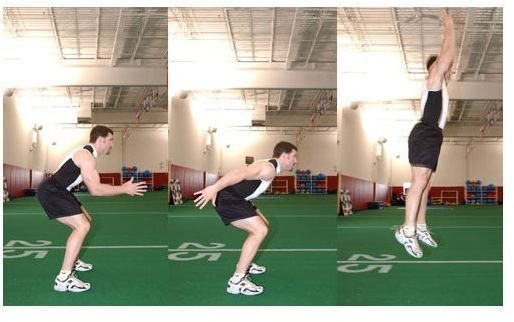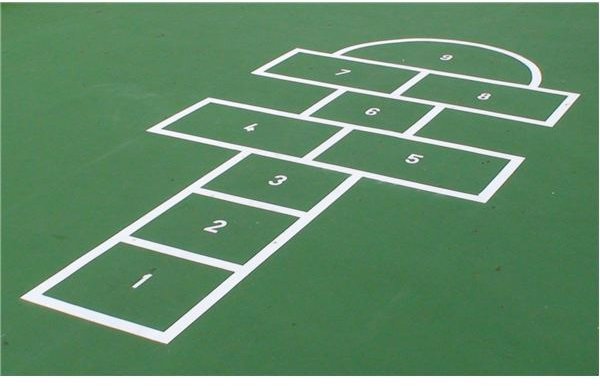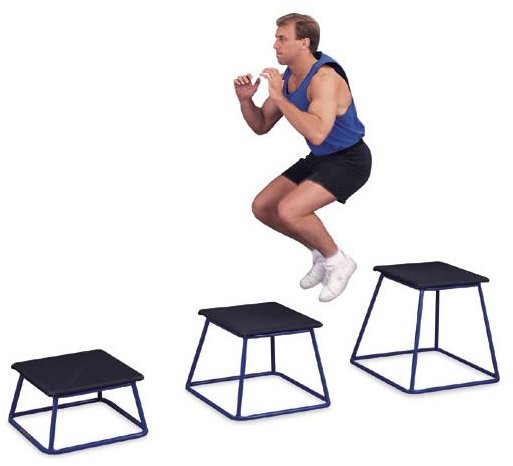An Example Plyometrics Training Program
Different Sports, Similar Training
The type of plyometrics workout will often be a direct result of the sport and position an athlete is training for. For example, a running back would train for explosive movement forward so that he may gain acceleration as quickly as possible, immediately after he is handed the football. A sprinter would use similar plyometric training. However, if one was training to be a quarterback, he would utilize plyometrics exercise that trains quick movement in every direction of a limited area. A tennis player would use much of the same plyometrics as the quarterback.



An Example Plyometrics Workout
Plyo-jump - The plyo jump is one of the most simple of plyometric exercise as you need no equipment whatsoever to do it. To do this exercise hold both of your arms directly straight out in front of you (zombie). While holding your hands out, lower your legs and back into the squat position and immediately extend your legs fully and jump back up. Repeat this process using quick explosive movements, especially on the way back up. Try doing 4 sets of 15 Plyo-jumps.
Plyo-hopscotch - You have probably played hopscotch as a kid. This time instead of using the drawn out numbered square, place several points on the floor using tape. Diversify your workout by switching off from hitting each point with both feet, to setting a pattern to use both feet in different points. It is best to incorporate backwards movements as well. Use quick explosive movements with no delay between points. Try doing 4 sets of 1 minute Plyo-hopscotch.
Plyo-stairs - This exercise will give you quicker foot movement and improve your jumping capability. To do this exercise you will need either a free set of stairs you can use, or a fitness platform. Start out by placing both feet together about a foot in front of the platform or stairs. In one swift hopping motion jump on top of the platform, then jump back down to starting position. You can alternate between jumping backwards when you jump back to the floor and turning around on the platform and jumping down forwards. The important thing is that your movements are quick and precise. Try to create a flow where you are not stopping at all between points. Try doing 4 sets of 45 seconds of Plyo-stairs.
Lateral-plyo-stairs - This exercise is the same as Plyo-stairs with the exception that you will be jumping sideways. To do this exercise, place both feet together and jump to the platform with a quick rapid movement. Than, jump back down without changing the direction you are facing or position of your body. Again, try and use explosive movements with no delay between points. Try doing 4 sets of 45 second Latteral-stairs.
Tip: The whole point of plyometrics is to use quick rapid movements within a given area. Stay on your toes. This will allow you to move quicker when switching direction.
